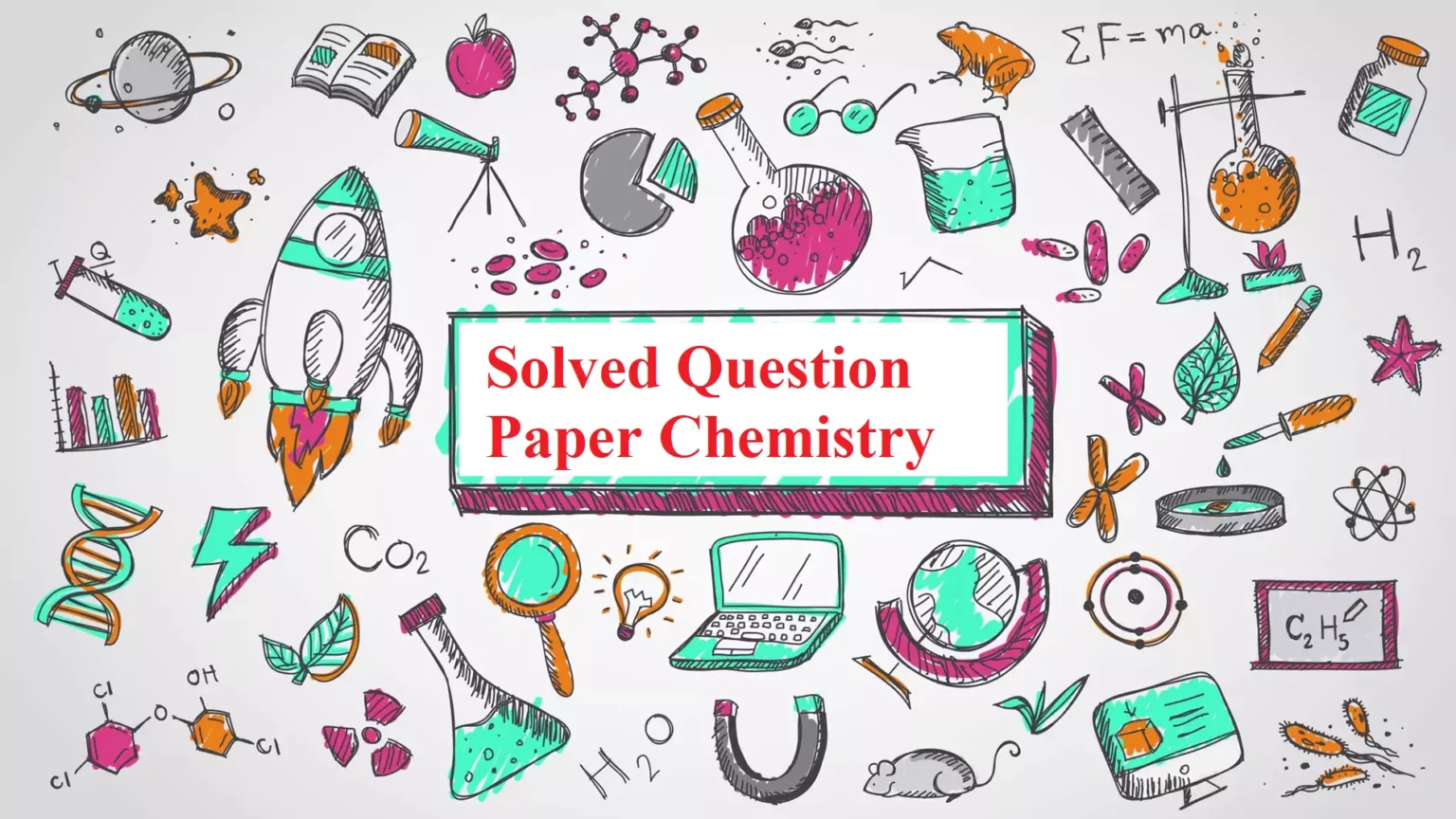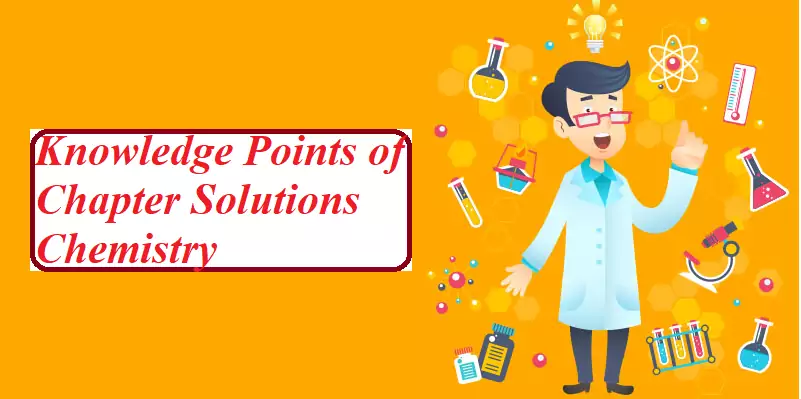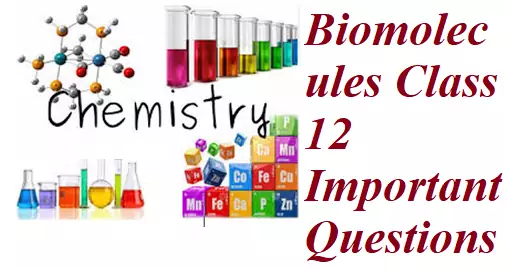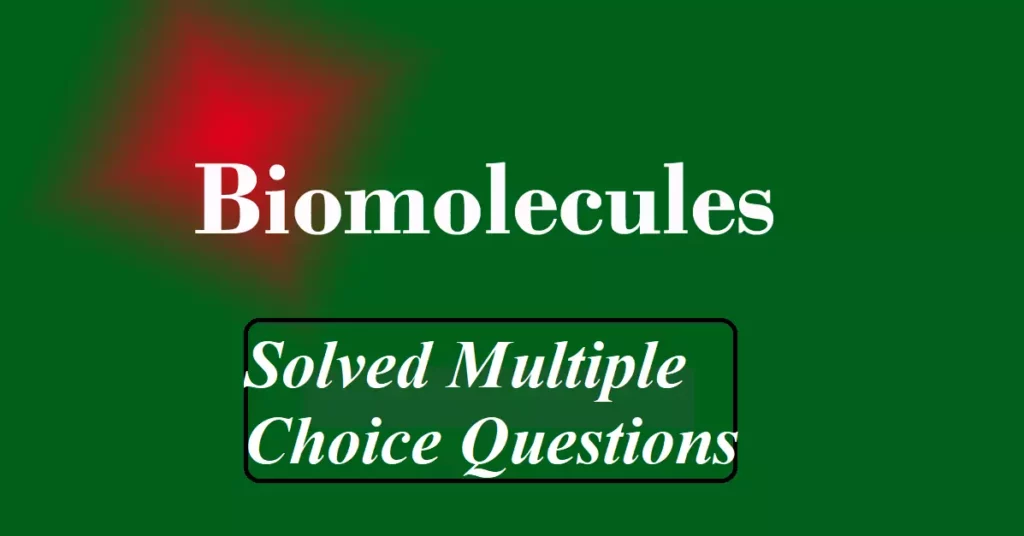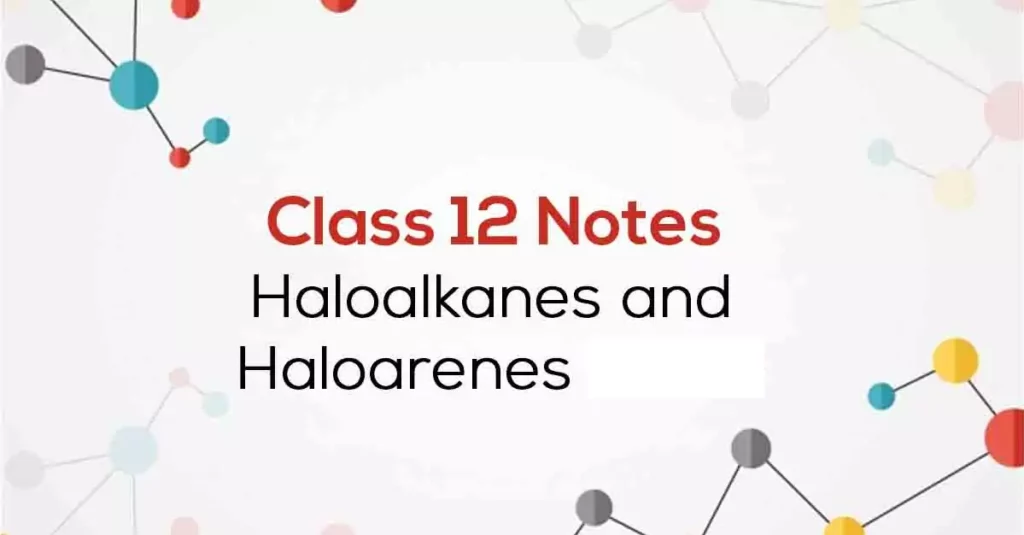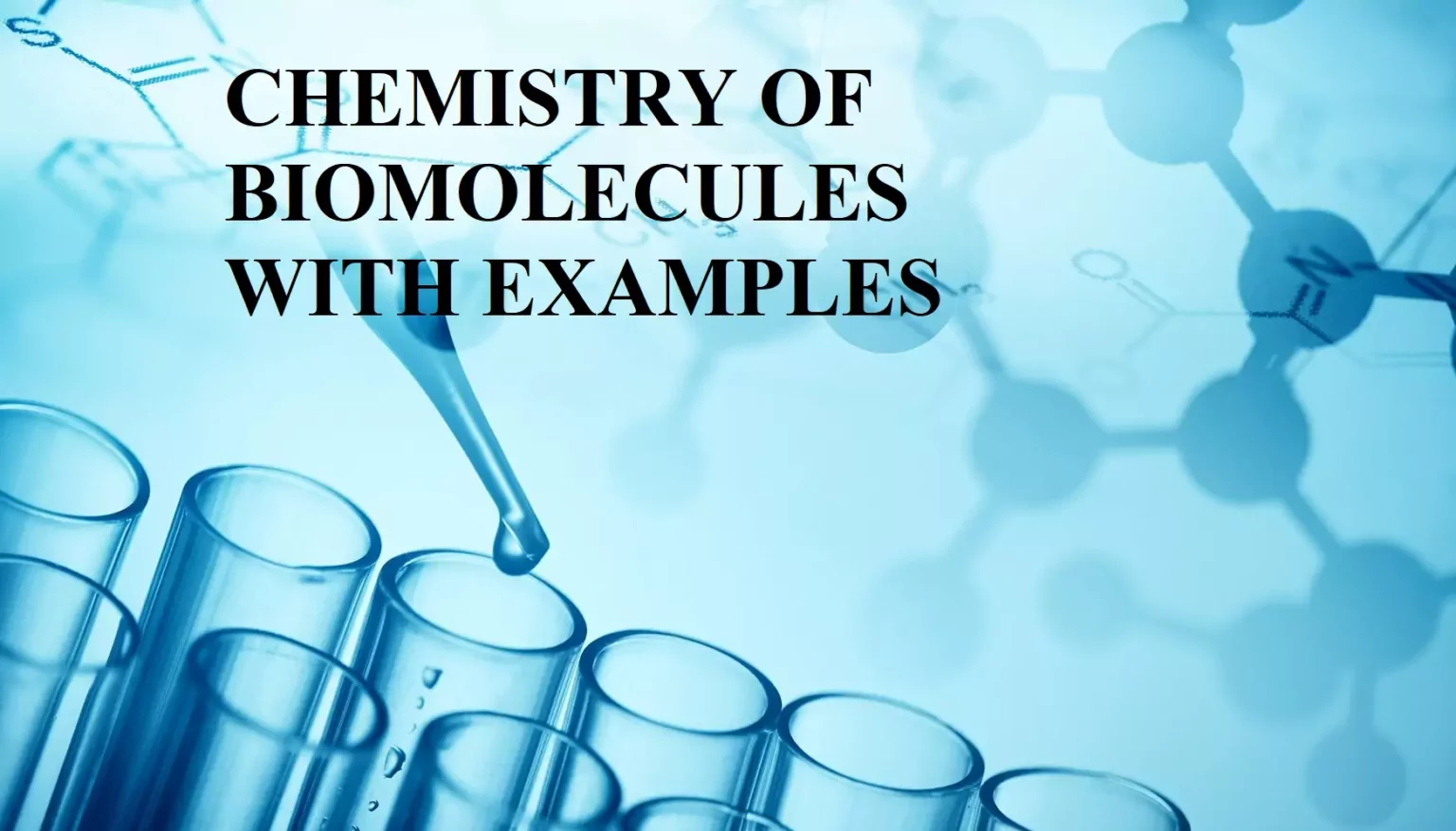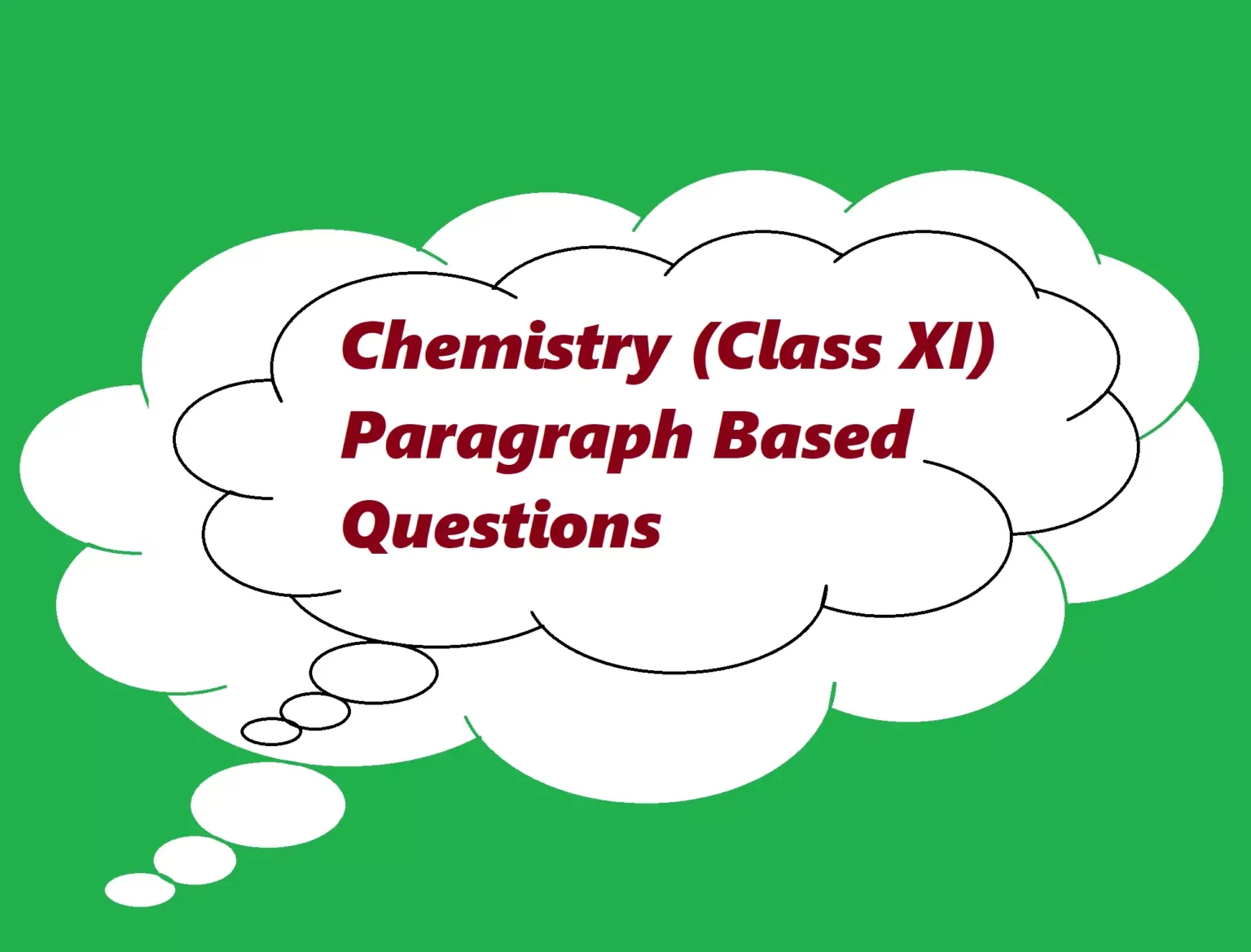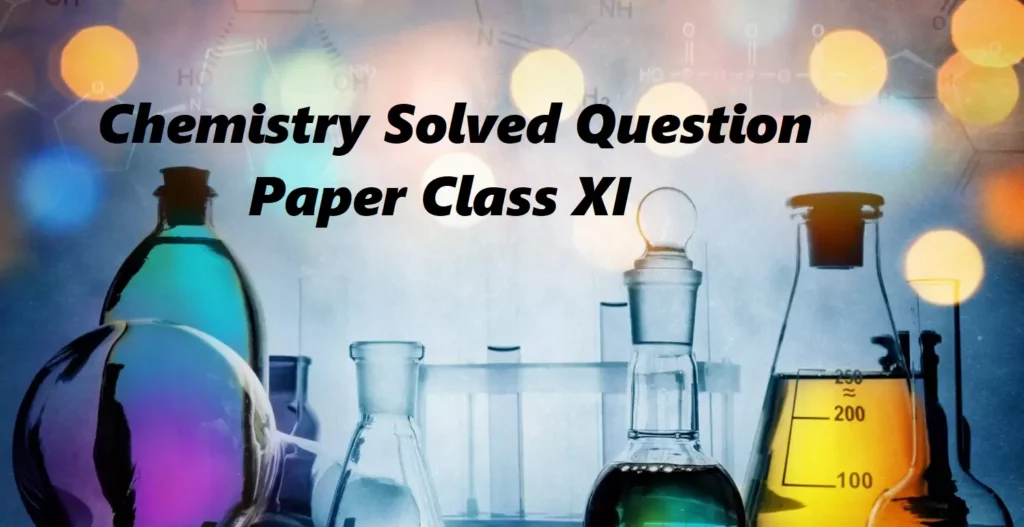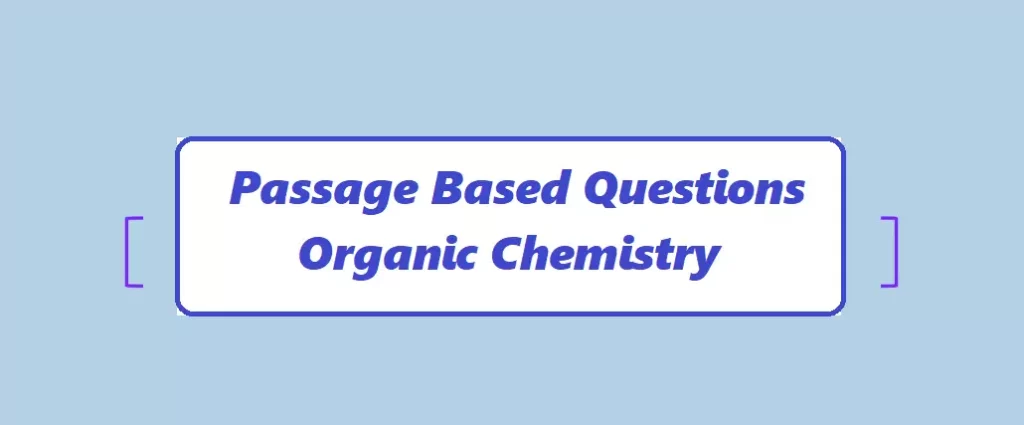Solved Question Paper Chemistry Class – XII CHEMISTRY THEORY (043) Time: 3 Hours M. M.: 70 General Instructions: Read the following instructions carefully. There are 33 questions in this question paper. All questions are Section A: No. 1 to 16 are objective type questions. Q. No. 1 and 2 are passage-based questions carrying 4 marks each while Q. No. 3…
Author: Dr. Vikas Jasrotia
Important Solved Questions of Chapter Solutions Que 1. Henry’s Law constant for the solubility of N2 gas in water at 298 K is 1.0 × 105 atm. The mole fraction of N2 in the air is 0.8. Find the number of moles of N2 from air dissolved in 10 moles of eater at 298 K and 5 atm pressure. Ans 1. Que 2. At a certain temperature, the vapour pressure of pure ether is 646 mm and that of pure acetone is 283 mm. Calculate the mole fraction of each component in the vapour state if the mole fraction of…
Chapter Solutions Important Points Knowledge Points 1. Solutions are the homogeneous mixtures of two or more than two components. 2. Binary Solution: A solution having two components is called a binary solution. Components of a binary solution are solute and solvent. 3. When the solvent is in solid-state, the solution is called a solid solution. 4. When the solvent is in liquid state, solution is called liquid solution. 5. When the solvent is in gaseous state, solution is called gaseous solution. 6. Concentration is the amount of solute in given amount of solution. 7. Mass by volume percentage (w/v): Mass of…
Biomolecules Class 12 Important Questions Que1. How many asymmetric carbon atoms are present in D (+) glucose? Ans 1. Four asymmetric carbon atoms are present in D (+) glucose. Que 2. What are the two end products of cellular respiration? Ans 2. These are CO2 and H2O. Que 3. Give the significance of (+)-sign in the name D- (+)-glucose. Ans 3. (+) sign indicates the dextrorotatory nature of glucose. Que 4. Give the significance of the prefix ‘D’ in the name D- (+)-glucose. Ans 4. ‘D’ Signifies that –OH group on C-5 is on the right-hand side. Que…
Solved Important MCQs of Biomolecules 1. Biomolecules are (a) Aldehydes and Ketones (b) Acids and Esters (c) Carbohydrates, Proteins, and Fats (d) Alcohols and Phenols Ans 1. (c) Carbohydrates, proteins, and fats are biomolecules. 2. Which of the following is a disaccharide? (a) Lactose (b) Starch (c) Cellulose (d) Fructose Ans 2. (a) Lactose is a disaccharide. 3. The sugar that is characteristic of milk is (a) Maltose (b) Ribose (c) Lactose (d) Galactose Ans 3. (c) It is found in the milk of all animals and imparts sweetness to…
Haloalkanes and Haloarenes Notes Introduction: The replacement of hydrogen atom(s) in a hydrocarbon, aliphatic or aromatic, by halogen atom(s), results in the formation of alkyl halide (haloalkane) and aryl halide (haloarene), respectively. These are compounds containing halogen atoms attached to an alkyl or aryl group. The general representation of haloalkanes is R-X and that of haloarenes is Ar-X [where X = F, Cl, Br, I]. These classes of compounds find wide applications in industry as well as in day-to-day life. They are used as solvents for relatively non-polar compounds and as starting materials for the synthesis of a wide range of organic compounds. Classification: Haloalkanes and haloarenes…
CHEMISTRY OF BIOMOLECULES WITH EXAMPLES The molecules present in the living system which are essential for the growth and maintenance of our body are called ‘Biomolecules’. Eg. Carbohydrates, Proteins, Nucleic acids, Lipids, Vitamins, etc. CARBOHYDRATES / SACCHARIDES According to Old concept, these are the hydrates of carbon and most of them have a general formula Cx(H2O)y. According to Modern concept, these are poly-hydroxy aldehydes or ketones or substance which produces such units on hydrolysis. Some of the carbohydrates are crystalline, water-soluble, and sweet in taste. They are called Sugars. Carbohydrates that are not crystalline, water-insoluble, and have no sweet…
Chemistry (Class XI)Paragraph Based Questions Chemistry (Class XI)Paragraph Based Questions 1. Read the given passage and answer the questions that follow: Boron is an element of Group 13. It is a metalloid. Borax, orthoboric acid and diborane are important compounds of boron. Borax is used to prepare heat-resistant pyrex glass. It is also used for cleaning metals like gold. It is also used in the borax bead test to detect colored salts in the lab. Orthoboric acid is a weak acid used as an antiseptic in eye lotion. It is solid having extensive H-bonding. It acts as Lewis acid.…
Chemistry Solved Question Paper Class XI SUBJECT – CHEMISTRY Class – XI Session — 2020-2021 Time : 3 hours M.M.-70. General Instructions: i. There are 33 questions in this question paper. All questions are compulsory. ii. Section A: Q.No.1 to 2 are case-based questions having four MCQs or Reason Assertion type based on…
Passage Based Questions Organic Chemistry 1. Read the passage given below and answer the following questions: Oxidation of alcohols to aldehydes is partial oxidation; aldehydes are further oxidized to carboxylic acids. Conditions required for making aldehydes are heat and distillation. In aldehyde formation, the temperature of the reaction should be kept above the boiling point of the aldehyde and below the boiling point of the alcohol. Reagents useful for the transformation of primary alcohols to aldehydes are normally also suitable for the oxidation of secondary alcohols to ketones. The following questions are multiple-choice questions. Choose the most appropriate answer:…
